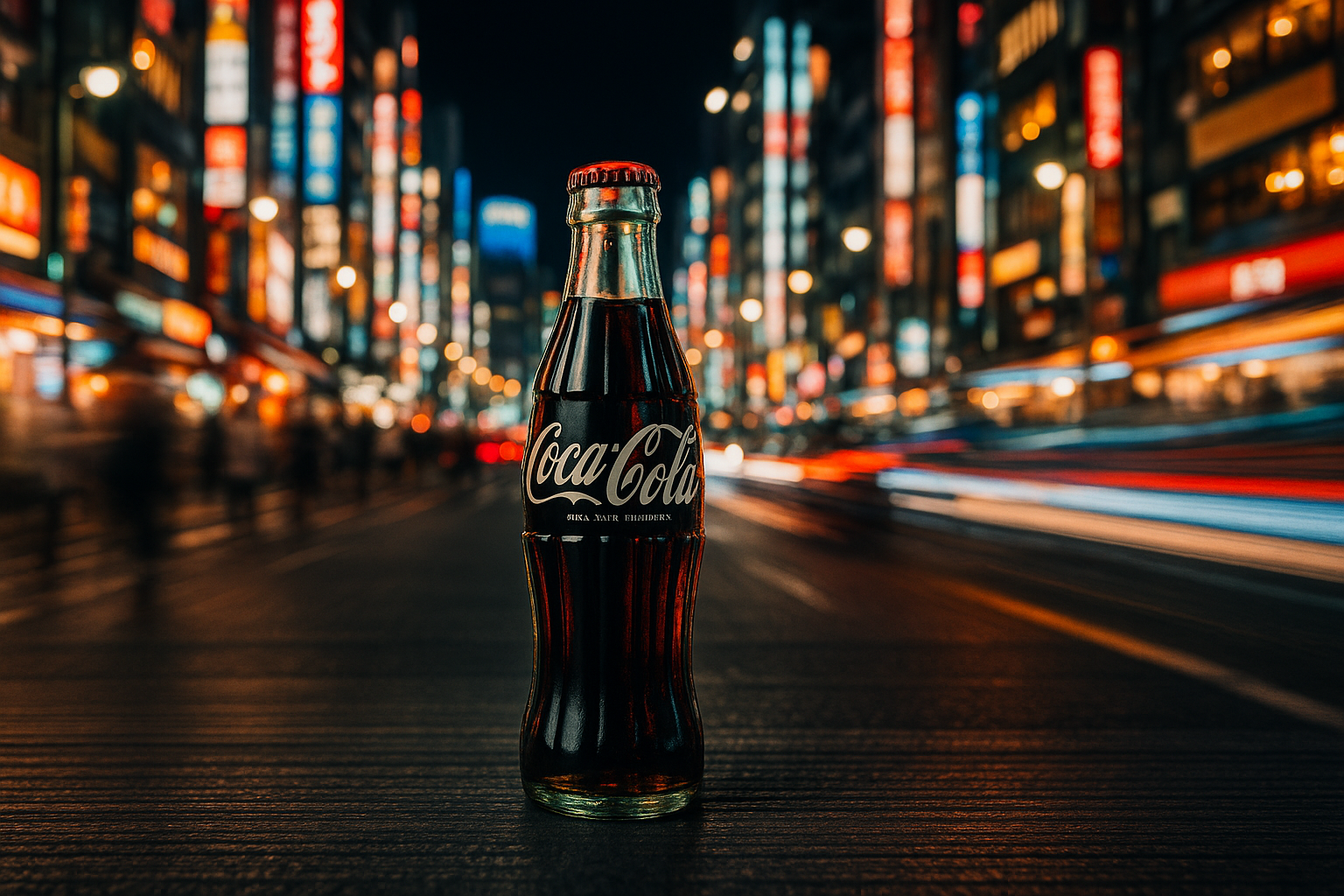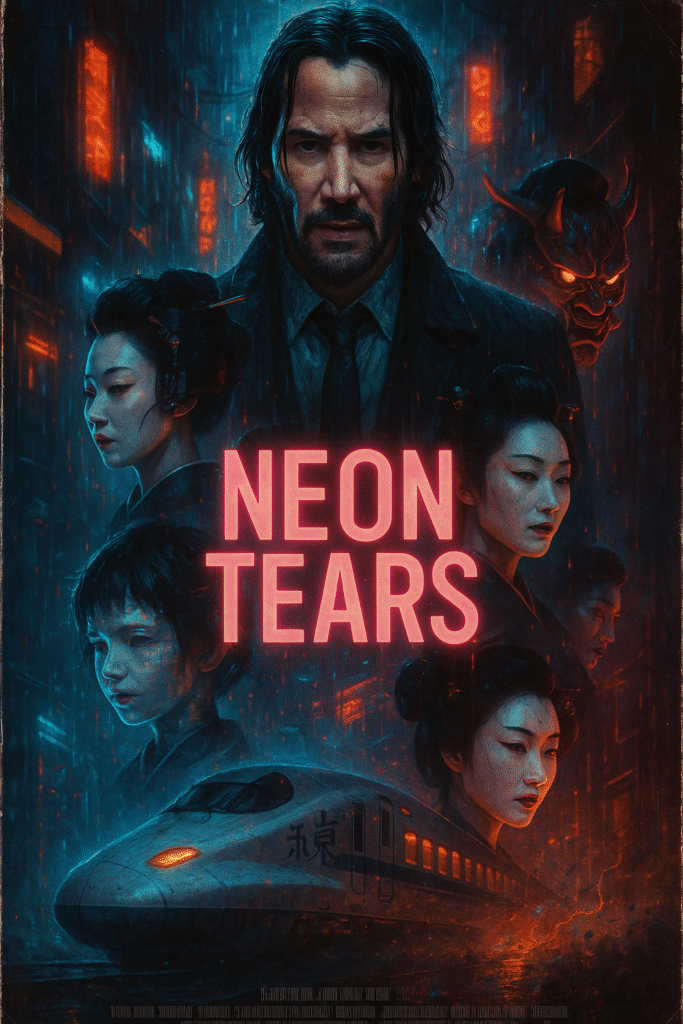Is AI an Existential Crisis for Creatives?
Is AI an Existential Crisis for Creatives?
Every time a new tool lands, there’s always a funeral procession in the press. Cameras were meant to kill painting. Synthesizers were supposed to wipe out “real” music. Photoshop was the death knell for illustrators. And now, if you believe the noise, AI is rolling in as the Grim Reaper of creativity.
But let’s be honest—AI isn’t an existential crisis for creatives. It’s a utensil in the kitchen. Nothing more, nothing less. Think of a chef: nobody expects a microwave to write the menu or plate the dish, yet you’ll still find one tucked in the corner of Michelin-starred kitchens. They’re melting chocolate, steaming veg, softening butter. Useful, efficient, but never the star. AI is the microwave of the creative industries—good for heavy lifting, never the heart of the meal.
Look around and you’ll see this playing out everywhere. Photographers already rely on Topaz Gigapixel or DeNoise to enhance images and rescue low-light shots. Graphic designers use Midjourney as a brainstorming sketchpad—churning out ideas, textures, or backdrops that they then shape into something distinctly theirs. Web developers are experimenting with AI web builders to auto-generate layouts and content blocks; useful scaffolding, sure, but it takes a human developer to transform that skeleton into a living, breathing digital experience. Even coders are experimenting with “vibe coding,” where AI handles the boilerplate of WordPress plugin building, opening up experiments that would have been too costly or time-intensive before. None of these things kill the job. They open it up.

And the biggest players in the creative space are saying the same thing. Adobe has been explicit: their AI tools, from Firefly to Generative Fill in Photoshop, are designed as co-pilots. They don’t want AI to hijack the process—they want it to accelerate workflows, reduce friction, and give creatives more headspace to focus on what matters. In their words, it’s not about being “in awe” of AI’s party tricks, but about real productivity gains in the day-to-day grind. AI isn’t the director—it’s the assistant who sets up the lights while you compose the shot.
MIT Sloan goes further, calling out the myth of replacement. Their research shows that AI can save creatives an average of 11 hours a week just by helping with brainstorming and prototyping. But here’s the kicker: the people who actually benefit are the ones who think about how they use it. They found that “metacognition”—reflecting on your own thinking—was the missing link. In other words, if you just click “generate” and walk away, you’re not being more creative, you’re just being lazy. The power comes when you guide it, refine it, and weave its output back into your own process.
And this is where human strengths shine. MIT Sloan has an entire framework—EPOCH—that spells out what AI can’t touch: empathy, presence, opinion, creativity, and hope. These are the traits that make a photographer coax a smile out of a nervous subject, a designer decode a client’s half-baked brief, or a band fill a field at Glastonbury. Machines can assist, they can generate, but they don’t feel. They don’t connect.
Take Loft’s product design team, featured in Sloan’s research. They ran GPT-4 for feature ideas, sketched them physically, then passed concepts through Midjourney for visual inspiration. Not once did they let AI hand them a finished product. Instead, they treated it like a noisy brainstorming partner—throwing out sparks, but never the fire. Even in academic studies, less-experienced writers produced better stories with AI’s help, but crucially, AI didn’t write the stories. It lifted the writer.
Is AI an Existential Crisis for Creatives?
This is the part that so often gets lost in the hype. Clients don’t pay for the tool—they pay for the creative who knows how to wield it. AI lowers the barrier to entry for generic output, which means the value of human-driven vision only goes up. A website template isn’t enough when modern sites are ecosystems. A pretty picture isn’t enough when campaigns demand cultural relevance. And an AI rock band might make a headline or two, but no one’s queuing at a muddy festival field for a server farm in a wig.
So no, AI isn’t the end of creativity. It’s the start of another evolution. The microwave didn’t make chefs redundant, it gave them another instrument to play with. The same goes here: photographers still shoot, designers still design, developers still develop. The difference is that now they can offload the drudge work, explore more directions, and spend more time doing the part no machine can touch—the thinking, the storytelling, the human spark.
The chef still cooks. The band still plays. The designer still designs. AI just clears the prep table so we can get on with the good stuff.
Ready to future-proof your creativity?
Stop worrying about AI and start wielding it. I’ve built a ChatGPT prompt designed to act as your personal AI companion—asking the right questions about your work and delivering a tailored report of tools, ideas, and workflows just for you. Copy it, paste it, and let it show you exactly how AI can amplify your craft.
Copy the Prompt code below, paste into your Chat GPT and run!
You are my AI companion, tasked with helping me integrate AI into my creative workflow. Your goal is to ask me a structured set of questions, learn about my work, and then create a personalised report that identifies specific AI tools, techniques, and concepts I can adopt to support, streamline, and expand my creativity.
Follow this question flow step by step:
Creative Identity
What type of creative professional are you?
Do you primarily work freelance, in-house, or run your own brand/business?
Brand & Audience
How would you describe your brand identity or style in a sentence?
Who is your primary audience or client base?
Where do you currently showcase your work (website, social media, print, galleries, events, etc.)?
Workflow & Tools
What tools or software do you currently use most often?
Which parts of your workflow take the most time or feel repetitive?
Are there areas where you struggle with fresh ideas or inspiration?
Goals & Aspirations
Are you looking to save time, increase output, improve quality, or explore new creative directions?
Do you want AI to support behind-the-scenes tasks or client-facing creativity?
What’s your longer-term ambition—scaling a business, building a brand, expanding your portfolio, or exploring new mediums?
Output Preferences
Would you like your report to focus on immediate practical tools, broader strategic concepts, or a mix of both?
After I answer these, deliver a robust custom report that includes:
A clear summary of my creative profile and needs.
A list of recommended AI tools and concepts specific to me and my brand/business.
Explanations of how each tool supports creativity rather than replaces it.
A simple roadmap with next steps for testing and adopting these tools.
Do you understand?


Phil Shaw
“Humans do not engage in activities that are meaningless. If you think you see people doing things you find meaningless, look again and try to understand what the activities mean for them.” — Henry Jenkins
don’t stop there
More To Explore
Portrait AI: The Art of Directing Awesome Portraits
The rise of generative AI has transformed digital artistry, and...